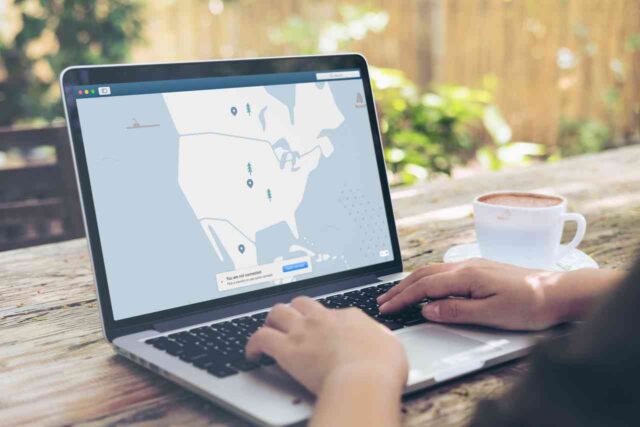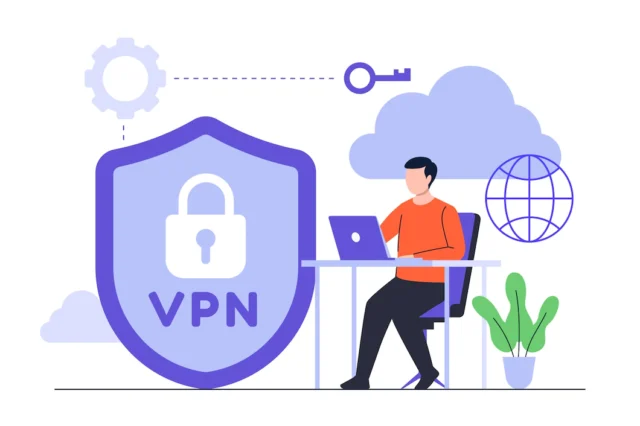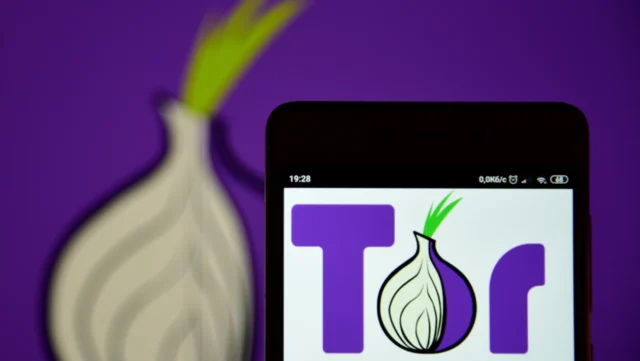
People are increasingly relying on data and the internet for work, play, and even education. As such, geo-blocking can be a real hindrance, as certain websites or streaming services may not be available in certain regions. However, with a few security measures and strategic maneuvering, it’s possible to safely get around these blocks and safely access the content you need.
VPNs are one of the best solutions for safely bypassing geo-blocks. A VPN is a private network that masks your IP address by routing your connection over multiple servers. By doing this, countries with blocked content can effectively be bypassed safely allowing users to access their desired digital media without worry.
Furthermore, proxy servers offer another level of security while circumventing online geographic limitations. Businesses can also benefit from finding new ways to safely serve customers worldwide. Even though bypassing these restrictions may seem complicated at first glance, there are simple measures that can be taken to safely and legally enjoy all types of digital content worldwide.
What Is a Geo-Block and How Does It Work?

Geo-blocks are forms of digital barriers that countries use to geo-restrict access to certain content. Through geo-blocking, a website or service can deny access to information and resources to those in certain areas of the world. How this works is based on a device’s IP address, which provides information on the current country from where it is operating.
By reading an IP address, geo-blocking tools can determine if a user’s location is within definite parameters set by the geo-blocker. If it does not meet those geo-restriction laws, then the tool will restrict access to whatever content it has been assigned for a particular geographic area. Geo-blocked content may include streaming services and online shopping sites, among other accessible websites. This technology is useful for companies who want to manage and protect copyrights by limiting the distribution of their content to specific locations. Overall, geo-blocks provide a great way for businesses to control which areas can view the content they are offering.
Ways To Get Around Geo-Blocking
Use a VPN

The first tool you can use to get around geo-blocks and browse safely is a VPN. This is the first choice for many when it comes to accessing location-restricted websites. A VPN, or Virtual Private Network, is a service that encrypts your internet traffic and routes it through a server in another location. This means that you will appear as if you are browsing the internet from a different location, which is very helpful if you want to access blocked content. So, for example, if you want to avoid geo-blocks in Kenya, using a VPN is a great way to go around them. A reliable VPN is also a way to override ISP and government censorship because of the end-to-end encrypted tunnels that leave no trace of your presence in the network logs.
Use a Proxy

Another way that you can get around geo-blocks is to use a proxy. A proxy is very similar to a VPN in that it routes your traffic through a server to a different location. The difference between a VPN and a proxy is that a proxy does not encrypt your traffic. This means that proxies are not as secure as VPNs. In addition to this, proxies can also sometimes be slower than VPNs because they do not have the same level of resources.
Setting up and using a proxy is easy; all you need to do is locate a suitable proxy service, configure the settings and then connect to it with your device. With proxy services widely available on the internet, you can easily bypass geo-blocking and enjoy unrestricted access to online resources.
Use a Smart DNS

The next way that you can bypass geo-blocks and browse the internet safely is to use a smart DNS. A smart DNS is a service that redirects your DNS requests through a server to another location. This allows you to bypass any geo-restrictions by making it appear as if you are browsing from that location. With that being said, smart DNS services do not encrypt your traffic, which means that this service is not as secure as VPNs.
Use Tor

Another tool that you can use to get around geo-blocks and browse the internet safely is Tor. Tor is free software that enables you to communicate anonymously. The Tor network is made up of thousands of volunteer-operated servers that relay traffic around the world.
This makes it especially difficult for anyone to track your online activity or figure out your real IP address. With that being said, because Tor encrypts your traffic and routes it through multiple servers, it can be slow and is not suitable for streaming videos or other high-bandwidth activities.
Use a Free Web Proxy

Last but not least, you can use a free web proxy. A web proxy is a website that allows you to browse the internet anonymously. All you need to do is simply enter the URL of the website that you want to visit, and the proxy will fetch the website on your behalf and then return it to you. Web proxies are easy to use, but it is important to note that they are not as secure as VPNs or Tor, and this is because free web proxies do not encrypt your traffic.
There’s no denying that geo-blocks are now becoming more and more common. Whether you are trying to watch your favorite show from another country or just browse the web safely, they can be annoying.
The web is exploding with content that everyone wants to access, and with this comes geo-blocking, which restricts many people. It is also a solution for piracy that many have resorted to, and while this is a sound strategy, being restricted online is not ideal when you are browsing. For those who want to browse freely and safely without any restrictions, there are ways around geo-blocking, and by using a VPN, a proxy, a smart DNS, Tor, or a free web proxy, you can get around it and browse the internet safely.









